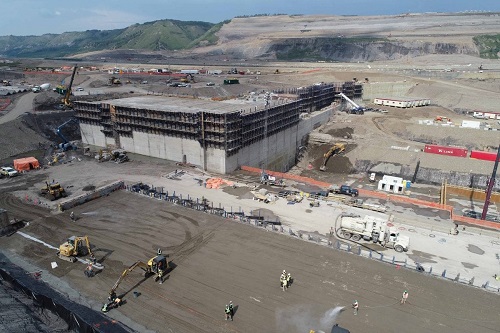 Sunday, May 19, 2024
Sunday, May 19, 2024  Sunday, May 19, 2024
Sunday, May 19, 2024 
In the late 1950s, the government of British Columbia planned a trio of hydroelectric dams on the Peace River with the aim of generating economic growth with cheap, renewable power. The projects were grand in scale, and today the first two dams remain major sources of the province’s electricity. But the location of the third was tricky.
In 1967, a surface geological reconnaissance of potential sites for the third dam identified a preferred spot, close to the Alberta border, because it offered firm terrain. “Site E was favoured because [of] the more competent sandstones and siltstone … on both abutments,” a report on the alternatives found.
But Site E was deemed too expensive and, in 1978, the more cost-effective – but less ideal – Site C was chosen.
Construction began in 2015 after years of exhaustive scrutiny. It was reconsidered in 2017 when the NDP took power. Now, the government is expecting two reports by the end of this year to determine if the project remains viable: BC Hydro’s revised plan for the budget and completion date, as well as an independent review commissioned by the province.
If the reviews find once again that the foundation of the dam poses geotechnical and financial risks, the conclusions shouldn’t come as a surprise, based on an examination by The Globe and Mail of public records. Some of those records are decades old. Many others, from the past 18 months, show government officials were repeatedly warned of mounting concerns.
Five years and $6-billion into construction, the troubled megaproject is beset by cost overruns and geotechnical problems.
The twin reviews point to a lack of confidence in the province’s most expensive public infrastructure project – even though it should be well past the point of no return.